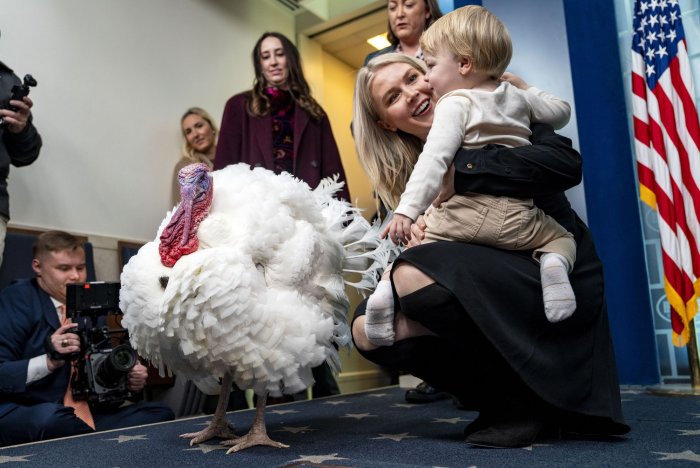PPI: Wholesale prices rise in December, but less than expected
Nov. 25 (UPI) — The Bureau of Labor Statistics on Tuesday released September data from its producer price index, showing modest increases in core wholesale prices that came in lower than experts had predicted.
The PPI for final demand products — what producers and manufacturers get paid for their goods and services sold to consumer businesses — in September increased 0.3%. But when excluding food, energy and trade services, BLS reported that final demand wholesale prices increased just 0.1% — half the expected 0.2% increase.
September’s data release was delayed by “the lapse in federal appropriations” caused by the 43-day federal government shutdown, the longest in U.S. history, which the agency noted in its data report.
“While BLS completed data collection prior to the lapse, BLS could not complete data processing and review until appropriations resumed,” the agency said. “Subsequent PPI data releases will also be delayed.”
Overall, BLS reported that final demand increased by a seasonally adjusted 0.3% in September, following a 0.1% decline in August and 0.8% increase in July. On an unadjusted basis, PPI final demand increased 2.7% for the 12-month period that ended in September.
Broken down, the index for final demand on goods increased by 0.9%, the largest increase since a 0.9% jump in February 2024. Two-thirds of this increase can be blamed on energy prices leaping by 3.5%, while food prices increased 1.1%.
Among individual products, the cost for gasoline increased 11.8%, with increases also seen among meats, residential electric service, cars and ethanol. Prices for fresh and dry vegetables, however, dropped by 1.8%, and decreases were also seen in prices for metal ores and residual fuels.
BLS reported that the index for final demand services in September was unchanged, following a 0.3% decrease in August. Price increases of 0.8% were seen among transportation and warehousing services.
Among services, airline passenger service prices increased by 4%, and food wholesaling, chemicals and related products and furniture, among others, also saw prices rise. The margins for machinery and equipment wholesaling dropped 3.5% percent, while apparel, jewelry, footwear and portfolio management also saw price decreases.

